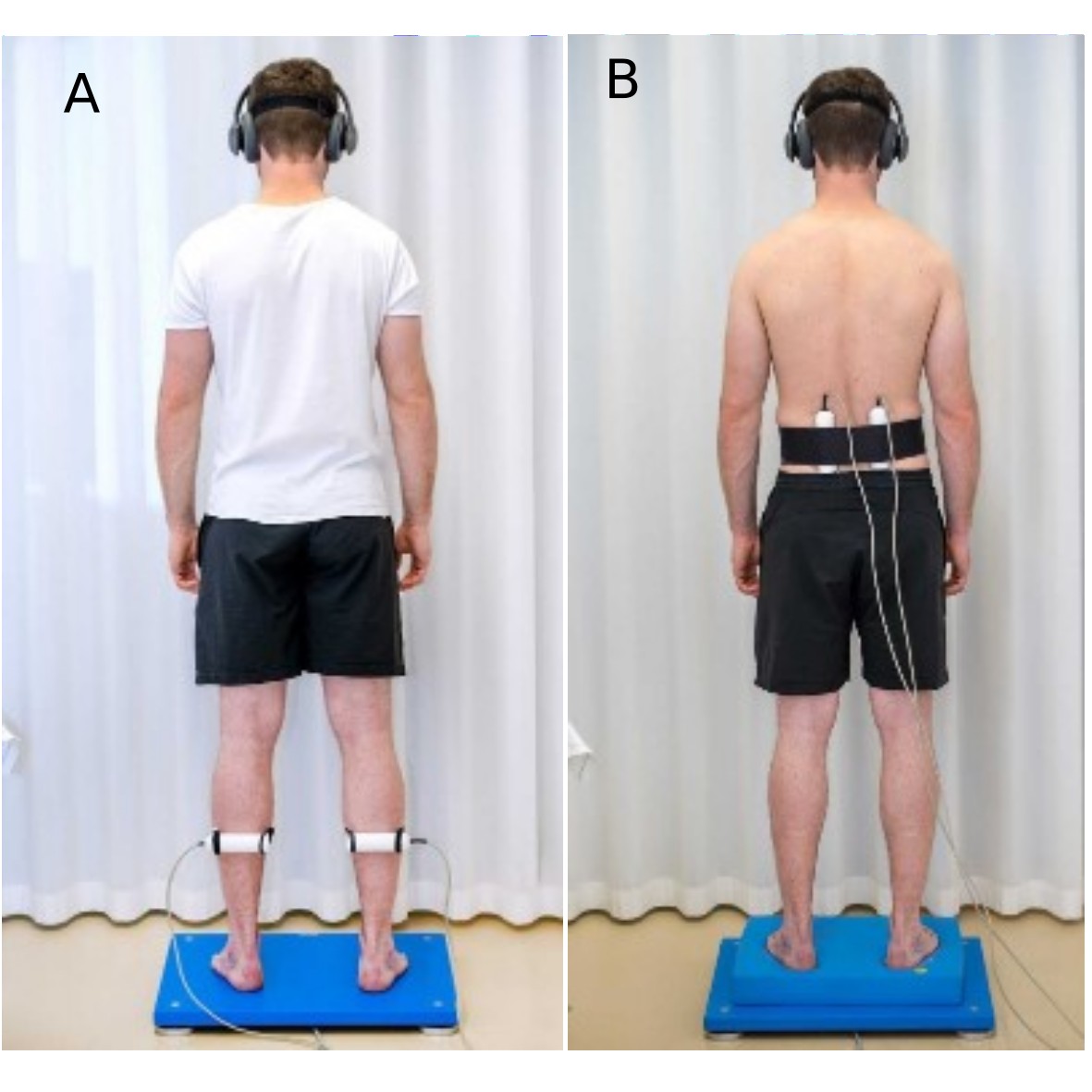Research in Chiropractic Medicine
A Novel Predictor of Spinal Manipulation Outcomes

Although spinal manipulation (SM) is an eff ective and common treatment modality for back pain used by chiropractors and other healthcare professionals, the mechanisms of action are not fully understood. Animal studies have demonstrated that SM-like loads can increase the discharge frequency of paraspinal proprioceptors (muscle spindles) and changes in proprioceptive function following SM have been assumed to be linked to potential positive outcomes. However, this has not been systematically investigated in humans. Proprioceptive function can be tested in humans by assessing proprioceptive weighting (PW, the capability of the central nervous system to selectively prioritize the most reliable proprioceptive inputs from key body stabilizers such as the ankle and paraspinal muscles) using muscle spindle-sensitive vibration and a force plate. PW has been shown to be disturbed in patients with LBP, with increased reliance on ankle proprioception. SM may normalize PW by potentially shifting the balance of proprioceptive input in favour of the paraspinal muscles and away from the ankle. Our recently completed randomized controlled trial with blinded assessors and two control arms (spinal mobilisation/no intervention) demonstrated that a single SM session immediately leads to an “up-weighting” of paraspinal proprioception. In addition, our results suggest that the pre-SM PW status may predict the analgesic response to SM. These insights pave the
way for future research on the long term impact of SM on PW in chronic LBP treatment, highlighting its potential in developing personalized treatment strategies based on proprioceptive assessments.
Wirksamkeit der spinalen Manipulation
Obwohl die spinale Manipulation (SM) eine effektive und gängige Behandlungsmethode bei mechanisch bedingten Rückenschmerzen ist, sind ihre Wirkmechanismen weitgehend unbekannt. Tierstudien zeigen, dass SM-ähnliche Interventionen die Aktivität von Muskelspindeln (Sinnesorgane, die Veränderungen der Muskellänge erkennen und wichtig für das Gleichgewicht sind) erhöhen, was mit schmerzreduzierenden Effekten verbunden sein könnte. Die Muskelspindelfunktion ist bei Patienten mit Rückenschmerzen häufig gestört und kann mittels muskelspindelsensitiver Vibration und Kraftmessplatte erfasst werden. Basierend auf den Erkenntnissen der Tierstudien könnte SM die Muskelspindelfunktion auch bei Menschen
normalisieren. Laut unserer kürzlich abgeschlossenen Studie kann eine einzige SM-Intervention zu einer verbesserten Muskelspindelfunktion führen, ausserdem wurde die Schmerzreduktion durch SM vom initialen Zustand des Gleichgewichtssystems vorhergesagt. Diese Resultate erlauben eine Evaluation des Potenzials dieses Eff ekts für personalisierte Behandlungen.
At a Glance
A New Predictor of SMT Efficacy
Key Collaborators
Project lead: PD Dr. Michael L. Meier, PhD;
Prof. Dr. med. Petra Schweinhardt, PhD, M Chiro Med
Dr. med. chiro. Luana Nyirö,
Monika Dörig, MSc
Mena Suter, MSc
Departments and Partners
Balgrist University Hospital: Chiropractic Medicine
Lucerne University of Applied Sciences
Balgrist Foundation (financial support)
Clinical Relevance
Understanding the mechanisms of SMT can improve its efficacy and personalization.
